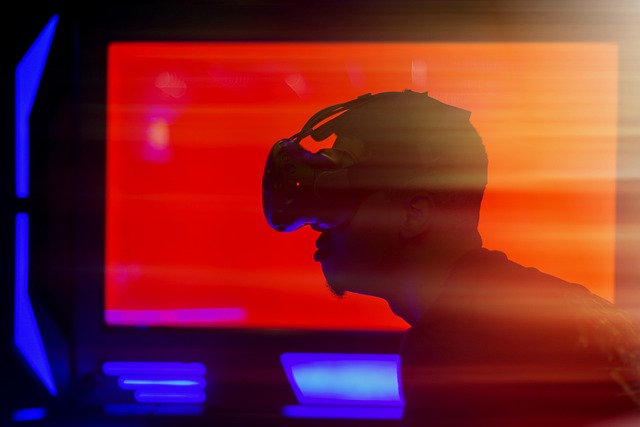The rise of social media has transformed the way we communicate, consuming our time and shaping our perceptions. Gone are the days when traditional media dominated communication; now, social media platforms have become the vibrant town squares of the digital age. Among the myriad of changes, one of the most captivating shifts we’ve seen is the surge in visual and interactive transmission forms.
Visual content reigns supreme in the social media landscape. Whether it’s an Instagram reel, a TikTok dance challenge, or a Snapchat filter, these mediums not only capture attention but also evoke emotions. They spark conversations and encourage sharing, making users active participants rather than passive observers. This shift towards visual storytelling is not just a trend; it’s a reflection of how our brains process information. Research suggests that visuals are processed 60,000 times faster than text, making it no wonder they dominate our feeds.
In today’s fast-paced, scrolling-dominated world, if your content isn’t visually striking, it’s likely to be overlooked. Platforms like YouTube and Instagram have set benchmarks for what engaging content looks like. Live videos, polls, and stories are just a few forms of interactive transmission that entice users to linger longer, and engage deeper, with content. This engagement is crucial. It leads to higher visibility and ultimately drives growth for brands and creators alike. Emerging influencers utilize these tools to establish their presence, connecting with audiences in authentic, relatable ways.
Moreover, the impact of these interactive forms extends beyond personal connection; they also empower brands to build communities. Users feel a sense of ownership when they can participate in creating content—whether through comments, shares, or even user-generated content campaigns. The collective experience fosters a deeper bond, making customers feel valued and creating loyal advocates for brands.
The emergence of augmented reality (AR) and virtual reality (VR) technologies in social media signifies the next frontier in visual and interactive transmission. As these technologies become more accessible, the possibilities for immersive storytelling will expand. Imagine trying on a pair of shoes via AR filters or attending a virtual concert with friends from across the globe. This evolution reflects a longing for connection and experience, painting a vivid picture of the future of social media.
But it’s not without its challenges. As visual and interactive content proliferates, users are bombarded with information, leading to attention fatigue. It’s essential for creators to strike a balance between quantity and quality. Authenticity and relatability should remain at the forefront of any visual strategy. Brands that harness emotional storytelling within their visual content will resonate more with their audiences, ultimately creating a more significant impact.
In conclusion, understanding how to effectively use visual and interactive transmission forms is key to navigating the ever-evolving landscape of social media. As we look to the future, those who can adapt and innovate their approach will not only survive but thrive in the vibrant tapestry that is the digital world. No longer is it just about being seen; it’s about being remembered, creating experiences that draw people in, and sparking conversations that keep them coming back for more.




